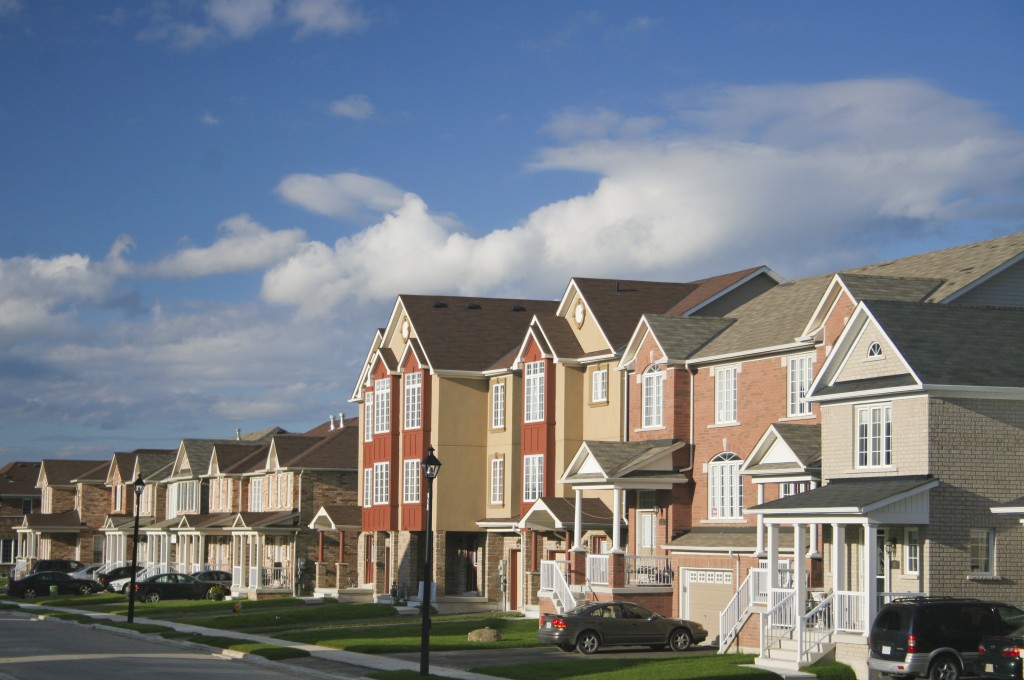2017 Real Estate Investor Forecast

As real estate investors, we need to look at both short-term and long-term cycles and trends, as well as national, regional and local market dynamics when evaluating opportunity and risk. We also need to make some (hopefully educated) guesses about political and economic direction in order to gauge where and how to best deploy investment capital. As a new year opens and we shift into a new political cycle, how will things look similar to what we have seen in recent years and how might things differ?
As we here at Safeguard Advisors prepare for our twelfth year of helping retirement investors diversify in to asset classes such as real estate and private mortgage lending, we felt it appropriate to lay out what we see as some of the key factors that will drive success for savvy investors with a self-directed IRA or Solo 401(k) plan. In this blog post, we’ll look at some of the macro trends in demographics, economics and politics that may shape the coming year.
Millennial Homebuyers are Here to Stay
Ultimately, like any other asset class or commodity, real estate is driven by supply and demand cycles. In the last few years we have seen the beginning of a wave of millennials (those born roughly between 1980 and 1999) entering the home buying market. In many cases, their aspirations for home ownership were delayed by weak job markets, lack of available credit, student debt, and the high cost of housing in desirable markets with good jobs. As the economy improved in the last few years, more millennials were in a position to move out of their parent’s home or that shared housing situation with 20-something peers scraping by in a gig economy.
The millennial generation is hitting the peak of their home buying years in a period of economic growth. This translates into more demand for homes.
The National Association of Realtors produced a year-end report looking at 2016 generational home buying trends which shows a precursor of the coming wave of millennial homebuying. In 2015, first time homebuyers represented only 32 percent of all purchases, which represented a 30-year low. In 2016 that number has risen to 35 percent, which is the highest rate since 2013. Those under age 35 made 61 percent of those first-time home purchases.
Now that the millennial generation has emerged from a challenging start to their adult lives, they will certainly be a force in the real estate market for many years to come. Expect this trend of more and more homebuyers in their early 30’s to continue, and that is a pretty big chunk of the population.
Increasing Mortgage Rates
The factors that have led to historically low mortgage interest rates for the last 6 years are still largely in control. Economic growth is steady but slow and there is little in the way of inflationary pressure. The cumulative effect of 8 years of economic growth since the great recession were already starting to put some minimal momentum behind increases in interest rates and that trend will continue through 2017.
Even if there are shifts in either the positive or negative direction for the economy as a whole based on actions taken under a new set of political leaders, those are unlikely to kick in during 2017. As such, most industry analysts expect mortgage interest rates to continue to tick in the upward direction, but slowly and not in any significant amount. It will take either significant and/or prolonged increases in economic growth and resulting inflationary pressures to drive a real spike in interest rates.
The consensus of industry experts queried by Inman Real Estate News is that rates for a 30-year fixed rate mortgage are likely to stay in the 4% range, with the potential to reach 4.5% – 5% by year end.
The impact of a rate rise of this magnitude is not likely to be significant relative to the overall home buying market. There may be pressure on those looking to make their first home purchase to act soon before rising rates put homes out of reach, furthering the trend of increased millennial homebuyers we discussed above. It may also discourage some sellers from moving up, as the financing on a new home will be more expensive than their current residence. All in all, the greatest pressure will be on home affordability at the low end of the market. That has been an issue for many years, so much of a change in 2017.
Greater Access to Credit
One likely impact of a Republican lead government is de-regulation in the financial markets. As a result, the expectation is that banks will be more free to lend on looser terms than in the last several years. Access to credit has been a considerable drag on home sales both for new and existing homes. While it may be a while before we see a significant change in lending guidelines, this is definitely a trend to watch. When we combine greater availability of credit with the increased demand for new homes and rising interest rates, we could see some inflationary pressures on home prices.

Continued but Steadying Home Price Appreciation
Overall, the top economic forecasters expect continued home price appreciation, but at a rate that is less than 2016. Realtor.com in their 2017 Housing Forecast predicts a national rate of 3.9 percent growth year over year, which would be a drop from the estimated 4.9 percent overall appreciation in 2016.
Appreciation is a much more localized issue than the several national trends outlined above, and some regions such as the tech hubs of Seattle, Portland and Denver will see much higher rates in the 6.5 to 7.5 percent range. The West as a whole should see stronger appreciation than the rest of the nation.
The same factors that drive appreciation in any real estate market are at play in 2017. Job growth is expected to continue in the positive direction, as is a long-awaited bump in actual earnings for workers due to an increase in demand for skilled employees. For many of the reasons we have already covered, the demand for housing will continue to outpace supply. Rising interest rates, however, are likely to put a little bit of a damper on increases in home values, as affordability will continue to be a significant factor in most home buying decisions.
The Uncertainty Factor
While most trends look positive, there are some gremlins in the wings, and any smart real estate investor needs to be prepared for downside risks. On both the global and national level, political uncertainty is on the rise. A major terrorist event or increased risk of conflict that impacts US interests and international trade could impact the economy in unknown ways. While the de-regulatory and tax relief implications of a Republican led government with a host of Wall Street veterans in the cabinet may have positive impacts in economic growth of some segments, there is the very real risk of a decline in exports due either to the continuing rise in the value of the dollar and the potential that the incoming president will carry through on some of the protectionist rhetoric of his campaign and create conditions for one or more trade wars.
Unless something extreme happens, however, it is unlikely that we would see significant impact on the core underlying factors that drive value in real estate, notably economic growth and demand outpacing supply.
Talk to An Expert Today!
Learn these little known strategies and tactics, and unlock your retirement plan today.
